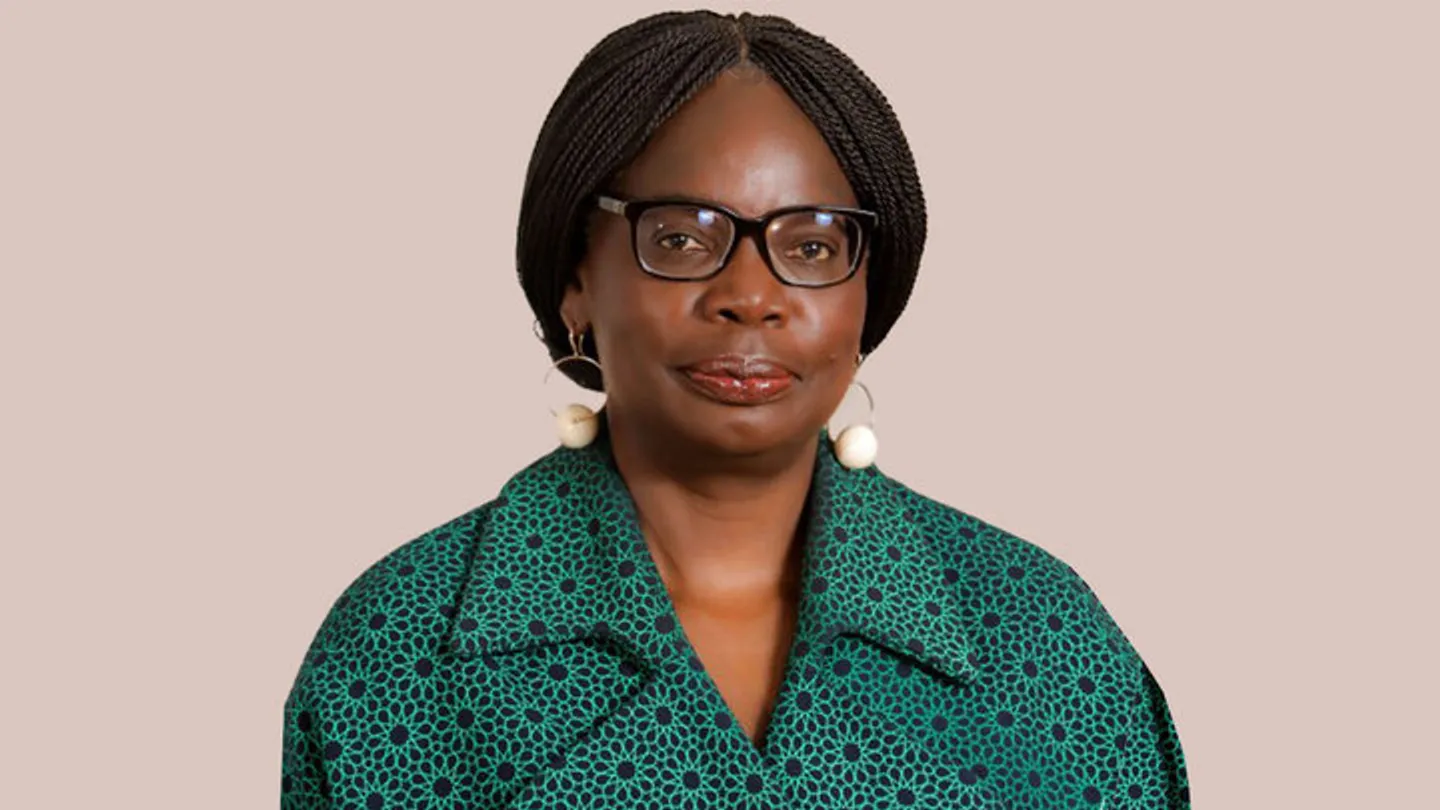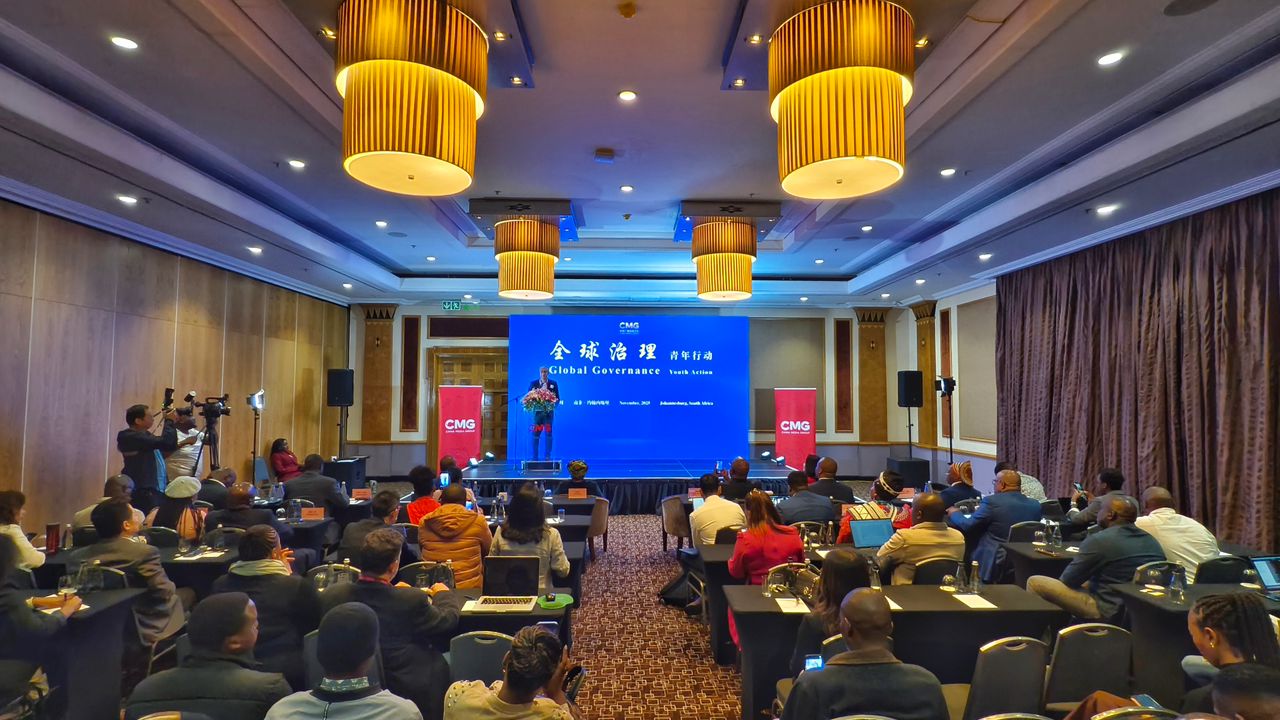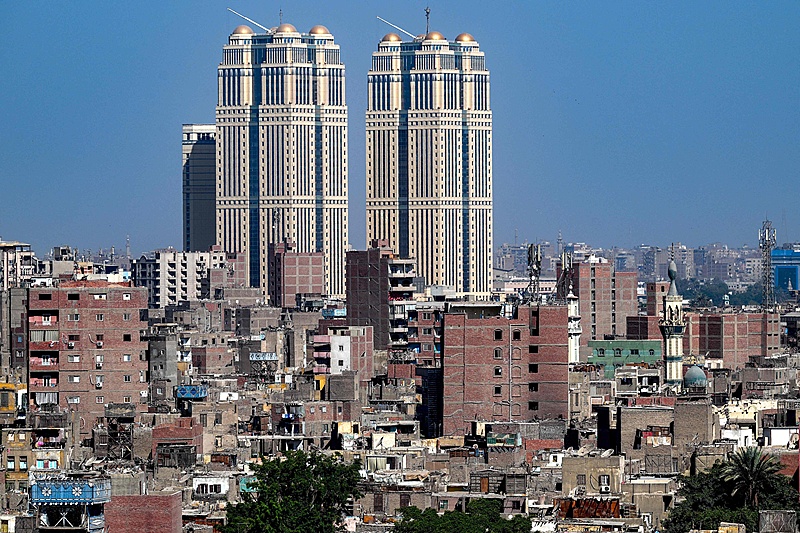
#KnowYourAfrica: Where to visit, what to do while in Gabon
Gabon’s landscape has many assets for tourism but until recently, the sector was neglected.
The Gabonese government worked on developing the sector by developing luxury and niche tourism, such as bush expeditions or safari trips. And truly there are plenty of well-developed attractions around the country.
 There are quite a number of things for visitors to do and see.
There are quite a number of things for visitors to do and see.
Safaris are the main lure of this little West African nation, along with the historic treasures found in the cities and interesting landmarks in the capital town of Libreville. A trip to the colourful and busy markets, a promenade down the lovely coastal boulevard, and a sampling of the local cuisine in the city’s restaurants are the highlights.
One of Gabon’s greatest draw cards for visitors are the leatherback turtles that nest on its beaches and Pointe Denis is the perfect place to seek them out. The baby turtles emerge in December and January, making this the best time to visit Gabon for many animal lovers.
There are 13 national parks in Gabon, covering a whopping 10 percent of the country, but not all of them are easily accessible. The most famous is Loango National Park, in western Gabon, which is widely considered one of the most beautiful swathes of Africa, and has become well-known for its surfing hippos, western gorillas and other wildlife that can be seen cavorting on its unspoiled white beaches.
Here are some other exciting places tourists can visit while in the country:
Libreville
The country’s capital is the largest and most important city in Gabon. It faces the Atlantic Ocean and is the country’s liveliest cosmopolitan center. It is home to many interesting sites, ranging from historic monuments to beautiful old buildings, and nature trails that lead to splendid beach areas. Gabon’s former president, Omar Bongo, ordered the construction of the Palais Presidential on Libreville’s waterfront in the 1970s. The construction cost an estimated US$800 million. Although it is closed to the public, it still is a remarkable landmark, even just from the outside. The Pongara National Park is also near Libreville along the Komo estuary and the Atlantic Ocean covering an area of 929 km². It has beautiful beaches where thousands of turtles nest every year.
Beaches
The best beaches for peace and quiet are the deserted beaches of Pointe Denis and Ekwata in Gabon’s north, and Mayumba and Sette Cama in the south. Pointe Denis lies on a peninsula between the Atlantic Ocean and the Gabon Estuary, across which boats sail to Libreville. Point Denis is a major breeding ground for the leatherback turtle.
Port Gentil
Port-Gentil is the second-largest city of Gabon and it leading sea-port. In addition to its beautiful beaches, this island town at the mouth of Ogooué River is known for its thriving nightlife and casino. The town is home to one of the oldest churches in Gabon, the St Louis Church, which was built in 1927. The beaches of Port Gentil feature water sports centers for windsurfing and other off-shore activities. Fishing is a popular activity at Port Gentil, especially in the expansive lagoons of the River Ogooué. Port Gentil is technically on an island, and no bridge connects it to the mainland. It has an airport, Port-Gentil International Airport, serving as the main channel of transportation with the world. Regular flights connect it with Libreville, capital of Gabon.
Gabon’s National Parks
Gabon has a total of 13 national parks, although some are inaccessible. The sprawling Akanda National Park is best known for its lush mangroves and expansive tidal flats, which host different species of turtles and migratory birds. Lopé National Park is Gabon’s largest and it is easily accessible. Its landscape, containing a mixture of savannah and dense forest, provide habitats for lowland gorillas, chimpanzees and forest elephants, as well as a variety of other primates, large mammals and around 350 species of bird which can all be tracked on foot or by car. The Banteke Plateau is a river-crossed savannah, populated by large mammals like buffalos, elephants and antelopes. The Cristal Mountains National Park is home to orchid and begonia-rich forests, while the famous Ivindo National Park is known to have the region’s best waterfalls. The Loango National Park boasts great stretches of virgin beaches, each flanked by expansive rainforest.
So, while in Gabon, what can you do?
With these lovely places to visit around the country there are things that would be exciting for all visitors. Here are some of them.
Fishing – Popular among European visitors, many of Gabon’s rivers and lakes offer excellent catches, though local fishermen can find the largest variety of fish along the country’s 900km (550 mile) Atlantic coast and in the numerous lagoons located at the mouth of the River Ogooué. Equipment can be hired at Port Gentil.
Bargain at the Mont-Bouet market – The market is located in Libreville and it is Gabon’s largest market, with hundreds of stalls selling fruits, vegetables, meat, poultry (live and dead), fabric, clothing, jewelry, household goods, traditional medicine and a variety of other goods. On the market’s outskirts is a more relaxed shopping district, predominantly selling printed clothes.
Visit the craftsmen of M’Bigou – The villages of M’Bigou and Eteke in Gabon’s south are famed for the quality of the normally light grey soapstone extracted from the surrounding hills, and the carvings produced by the craftsmen there that result. The nearby gold mines are also well worth a visit.
See the carved church of St Michael – St. Michael’s Church is known for its intricate wood carvings. It is also one of the most prominent landmarks and tourist attractions in Libreville. It was built by the French Spiritan missionary Gerard Morel and Gabonese sculptor Zephyrin Lendongo. The best features of this stunning building are its ornately carved columns, which were remarkably carved by a blind local craftsman. Each of the 31 wooden columns depicts a different Biblical scene designed by Ledongo and Morel.














